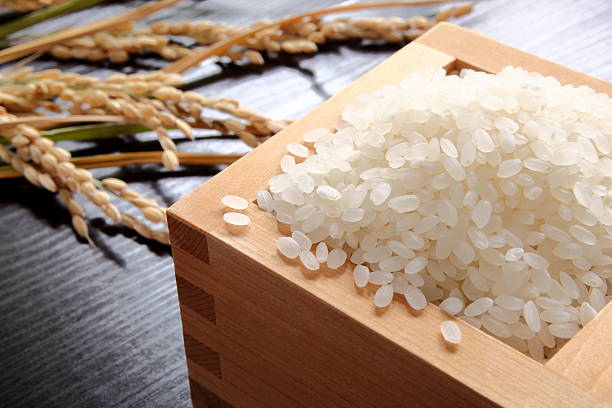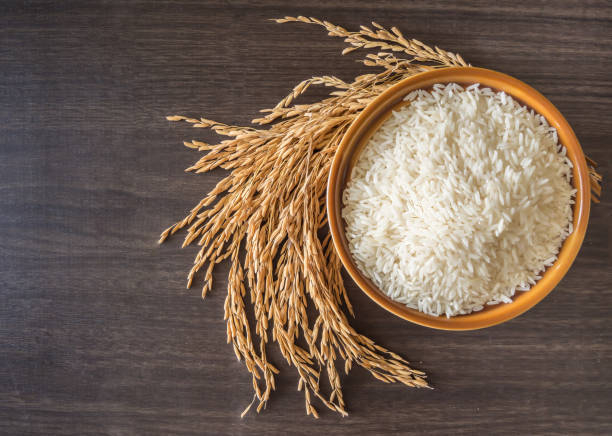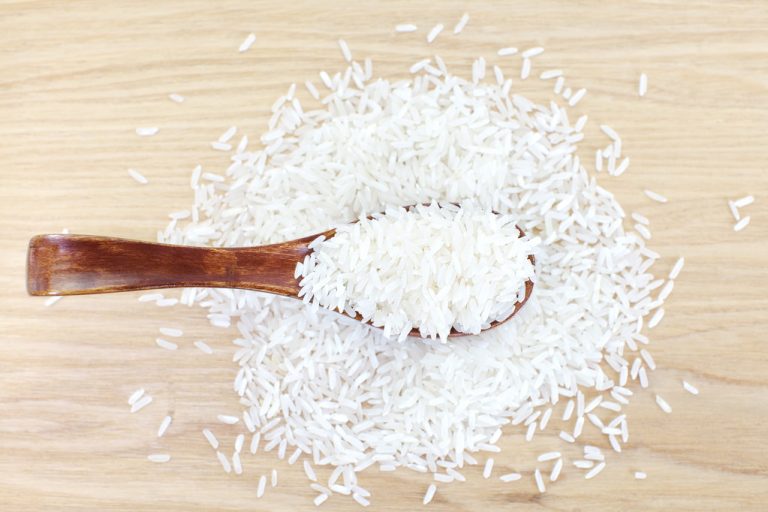The terrible news just went through the media: whole grain and long grain rice are said to cause cancer. Rice contains arsenic, a carcinogenic substance that does not completely disappear even during cooking. Professor Andy Meharg has now tested which cooking method is most effective in eliminating arsenic from rice.
Rice contaminated with arsenic

Rice is one of the most common side dishes and is considered healthy. Unfortunately, the healthy grain also contains pollutants such as arsenic. “Öko-Test” just reported the shocking results: long-grain and whole-grain rice are so heavily contaminated with pollutants and carcinogenic substances that the consumption of these types of rice is even completely discouraged.
The rice plants absorb these substances through contaminated groundwater. Especially with whole grain and parboiled rice, the load of toxins is higher, since the outer shell of the rice grain is still attached, or the harmful substances from it have passed into the interior of the grain.
“Oko-Test” and Professor Andy Meharg therefore always recommend basmati rice: This is the least contaminated.
Cook rice properly
Queens University Belfast professor Andy Meharg has researched the best way to cook rice. He examined various cooking and preparation methods and to what extent these changed the arsenic content in food.
In the first variant, the scientist boiled the rice in about twice the amount of water. This is one of the most popular ways to cook rice. But the arsenic content was only reduced by 16 percent.
The second attempt: cook rice with five times the amount of water. Here, the arsenic content has already been reduced by 50 percent – although this value is still alarmingly high.
The third method was actually the most successful: Mehard was able to reduce the proportion of the toxin to just 16 percent. To do this, the rice must be soaked in water overnight and then washed in a sieve under running water until the water runs clear before preparation. Five times the amount of water is then added to the pot to boil.

The three rules for cooking rice:
- Soak rice.
- Always wash rice!
- Boil rice in five times the amount of water.



